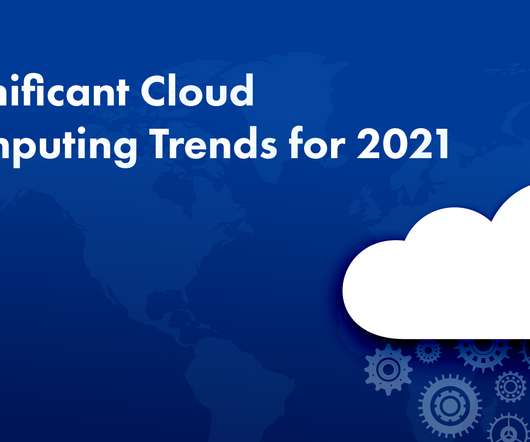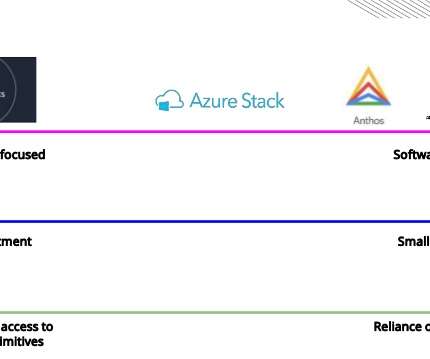WIIT: Enabling Enterprises to Realize the Full Potential of the Cloud While Bypassing its Complexity
CIO
NOVEMBER 8, 2022
Serving leaders in the energy, fashion, financial services, food, healthcare, manufacturing, media, pharmaceutical, professional services, retail, and telecommunications industries, WIIT works with organizations that have stringent business continuity needs, mission-critical applications, and crucial data security and sovereignty requirements.















Let's personalize your content